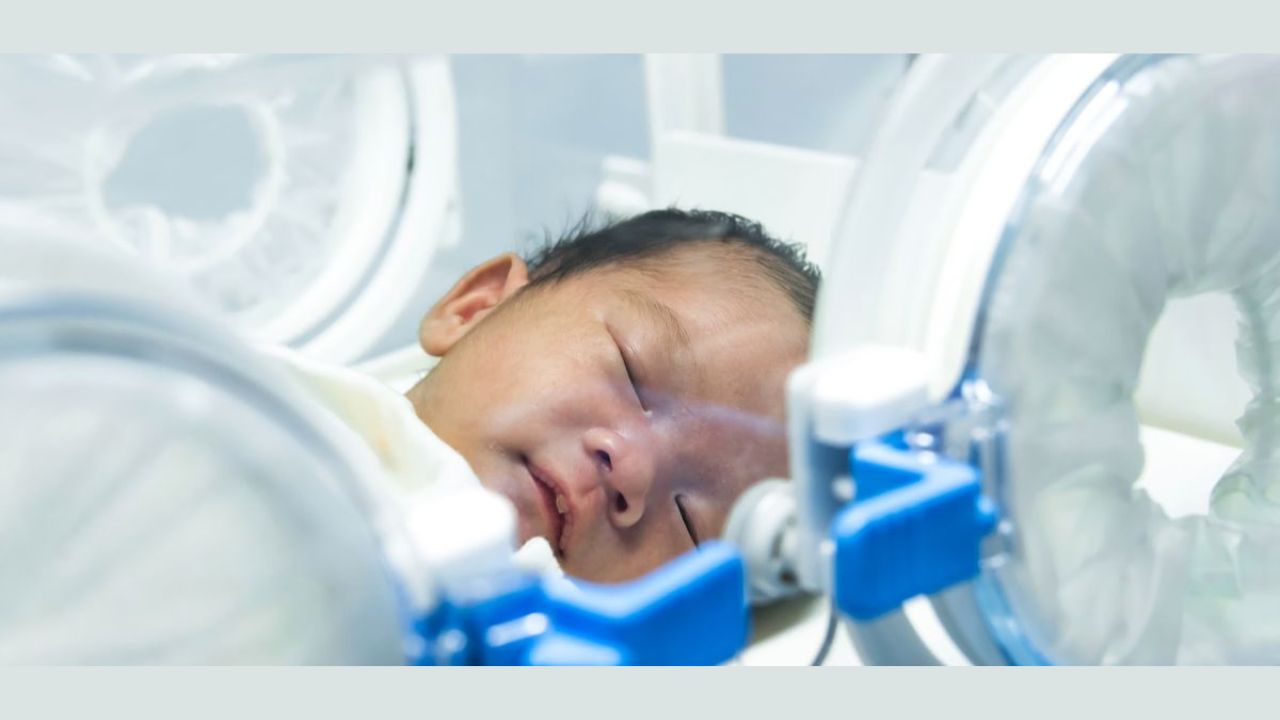Neonatal sepsis, a blood infection that can affect newborns younger than 28 days old, can result in swelling and, in some circumstances, organ failure. Early onset neonatal sepsis, which develops within the first three days of delivery, is referred to as such, and late onset neonatal sepsis, which develops after that. The immature immune system of newborns is the main factor increasing their susceptibility to sepsis. Reduced spontaneous activity, refusal to feed, fast breathing, and difficulty staying awake are all neonatal sepsis warning symptoms that shouldn’t be disregarded.
What is neonatal sepsis?
Infants who are younger than 28 days old are susceptible to neonatal sepsis. It’s a response to an infection by the body. Infants with sepsis may develop body edema and even experience organ failure.
Types of Neonatal Sepsis
Neonatal sepsis can be divided into early (within the first 3 days of birth) and late (beyond 4 days of birth) onsets. Sepsis’s early onset is linked to getting the infection from the mother. A prolonged hospital stay or other outside factors may be the cause of a later onset.
Causes of Neonatal Sepsis
Newborn sepsis has several frequent causes, including:
- Colonization with Group B Streptococcus (GBS) while expecting
- Premature birth or low birth weight;
- Infection of the amniotic fluid and placental tissues (chorioamnionitis);
- rupture of the mother’s amniotic sac more than 18 hours before delivery; need for medical intervention or procedure on the child. A urinary catheter or a central intravenous line fall under this category.
The signs and symptoms of Neonatal Sepsis
Early signs of newborn sepsis are frequently ambiguous, subtle, and unable to distinguish between various pathogens. It might be difficult to recognize sepsis in infants. The symptoms of an infection depend on its underlying cause.
Less forceful sucking; a drop in spontaneous activity; rapid breathing; and a rapid heartbeat are some of the symptoms. the other are unstable body temperature and sleep issues
Diagnosis:
Blood test or blood culture: This is done to check for germs in the blood. Results take a few days to appear, but treatment will soon begin immediately. An often-used method for diagnosing sepsis is a blood culture.
Urine test or urine culture: This looks for bacteria in the urinary system.
Additional examinations and culture: This scans the skin for bacteria, much like a wound.
Spinal tap/lumbar puncture: These procedures are used to check for meningitis-like infections of the brain and spinal cord. A tiny sample of the cerebrospinal fluid is tested during the examination.
To determine if there is an infection in the lungs, further imaging tests or an X-ray may also be performed.
Treatment
Early detection and treatment are the most effective ways to prevent sepsis. If a medical expert suspects sepsis, your child will begin taking antibiotics even before test results are ready. After reviewing the test findings, the doctor may decide to change the course of treatment.
Sepsis-affected newborns will remain in the neonatal ICU. In the NICU, the baby will be watched closely at all times. He or she will also be given water, drugs, oxygen, food, and, if required, aid with breathing, in addition to the antibiotics.

 हिंदी
हिंदी






